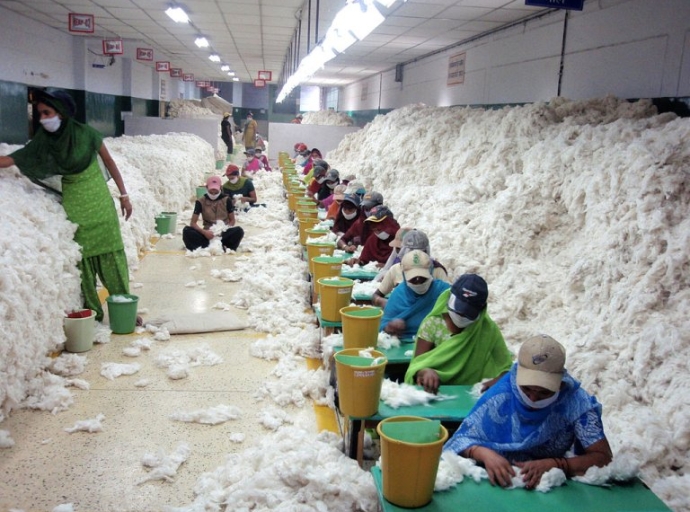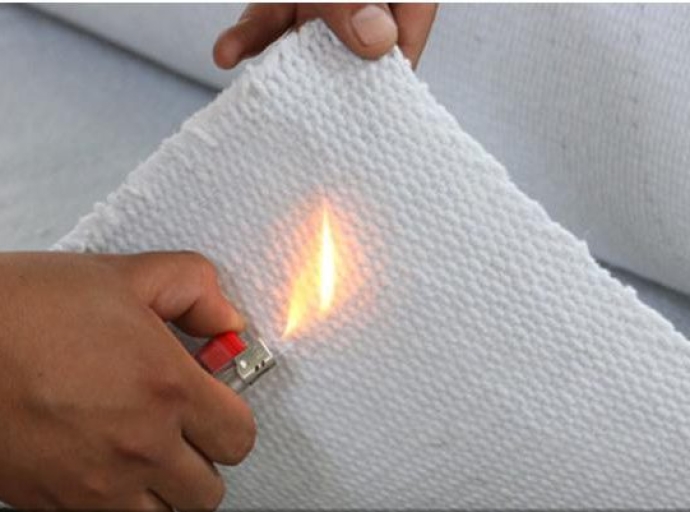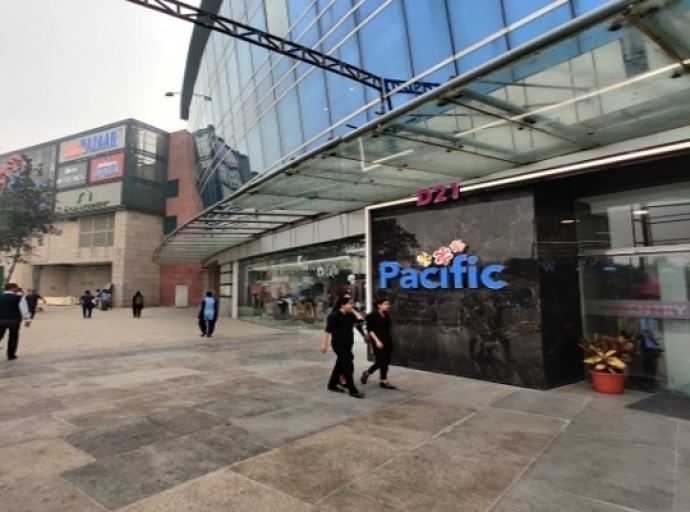31 July 2023, Mumbai
Growing Popularity and Market Trends
The global shapewear market is experiencing steady growth at a rate of eight percent per year.
This includes various products such as bodysuits, corsets, control tights, control panties, control slips, girdles, and slimming camisoles.
Shapewear has gained popularity as people increasingly seek to achieve the ideal body shape and adhere to societal beauty standards, leading to rising demand for these products.
What all you need to know
Insights to Empower Stakeholders
The report offers valuable insights for stakeholders, including in-depth analyses of market trends, regional and global markets, key players, market segments, competitive scenarios, sales areas, and growth strategies.
Investors can capitalize on the quantitative data from 2020 to 2030 to identify lucrative opportunities within the compression wear and shapewear market.
The compression wear segment takes center stage, commanding over 70% of the market's revenue. Its popularity primarily stems from its extensive use among professional athletes and individuals engaging in recreational exercises.
Male and Female Market Segments
The report highlights the current dominance of the male user segment, largely driven by their higher adoption of compression wear, especially during workouts.
On the other hand, the female consumer segment is expected to witness the highest growth rate, driven by an increased female interest in fitness, and sports activities, and the availability of women-specific product lines from major brands.
Versatile Solution for Body Shaping
Shapewear serves as a convenient alternative to going to the gym or adopting strict diets to achieve a slimmer appearance. Both women and men are embracing shapewear to enhance their body figures and address body deformities.
These shaping undergarments have become a popular trend in the fashion industry, with specific designs targeting areas like the stomach, waist, hips, and thighs.
Unraveling the Dynamics and Trends
Allied Market Research's latest report, titled "Compression Wear and Shapewear Market by Product Type, Gender, Application, and Distribution Channel: Global Opportunity Analysis and Industry Forecast, 2021-2030," presents an extensive study that delves into various facets of the compression wear and shapewear market.
The report covers crucial aspects like top investment prospects, successful strategies, drivers, opportunities, market size estimations, competitive landscape, and emerging market trends.
Distribution Channels and Market Penetration
Currently, specialty retail stores account for the highest revenue share among distribution channels.
However, online sales are projected to witness significant growth in the coming years, driven by wider product availability and increased internet penetration in Asia-Pacific and LAMEA regions.
Material and Market Growth
Synthetic materials like neoprene, spandex, and lycra contribute to the flexibility and elasticity of shapewear, driving its popularity further.
The compression wear and shapewear market, growing at a CAGR of seven percent annually, continues to witness demand owing to its instantaneous ability to provide an optimal figure and body posture.
Application Insights and Revenue Share
The performance and recovery segment lead in terms of revenue share, owing to extensive usage of compression wear for injury prevention, improved blood circulation, and faster recovery.
Factors Driving Market Growth
Factors such as changing lifestyles, increased disposable income, advancements in fabrics and garment designs, and the surge in demand from the geriatric population contribute to the growth of the compression wear and shapewear market.
Male users are leading the market, particularly due to their preference for compression garments during workouts.
The women's segment is also growing, driven by interest in fitness, comfort, and increased participation in sports.
Market Share and Distribution Channels
North America holds the largest market share at approximately 42 percent.
Among distribution channels, specialty retail stores dominate with a revenue share of 62 percent, boasting a wide range of compression wear and shapewear products.
The performance and recovery segment contributes significantly to revenue, thanks to the extensive usage of compression wear for injury prevention and improved blood circulation.
Challenges in the Indian Shapewear Market
In contrast to earlier trends, the shapewear market in India is facing a decline. Consumers are now prioritizing individualistic apparel styles over conforming to traditional beauty standards.
The fashion industry is adapting to set new beauty standards that embrace diverse body shapes and looks beyond unrealistic ideals.
Promoting Body Positivity
To address body issues effectively, the fashion industry needs to encourage body positivity from a young age.
By promoting body acceptance and inclusivity in schools and homes, the industry can foster a healthier and more positive outlook toward different body types.
Addressing Health Challenges
While the market exhibits promising potential, it also faces challenges related to tightly-worn compression and shapewear.
Concerns such as blood clots, breathing problems, and acid reflux require careful attention and solutions.
Factors Fueling Market Growth
The market's impressive growth can be attributed to several influential factors.
These include the increasing disposable income among consumers, advancements in fabric technology and garment designs, the surging popularity of compression wear among the elderly, evolving lifestyles, and the rising demand for compression wear in the fitness industry.
Insights into Compression Wear Dominance and Shifting Consumer Preferences
The global shapewear market witnesses steady 8% annual growth, fueled by the dominance of compression wear and a rising demand driven by beauty standards.
The report provides valuable insights for stakeholders, highlighting growth strategies and lucrative opportunities. Male users currently lead the market, while the female segment shows high growth potential, particularly with women-specific product lines.
Shapewear gains popularity in the fashion industry as a convenient body-shaping option.
Specialty retail stores dominate distribution, but online sales are poised to surge with increased internet penetration.
Market growth is bolstered by synthetic materials and various applications.
Factors like changing lifestyles, disposable income, and fabric advancements contribute to market expansion, with North America holding the largest market share.
Meanwhile, the Indian shapewear market faces challenges and emphasizes the importance of promoting body positivity and addressing health concerns for sustainable growth.

Latest Textile Events


































